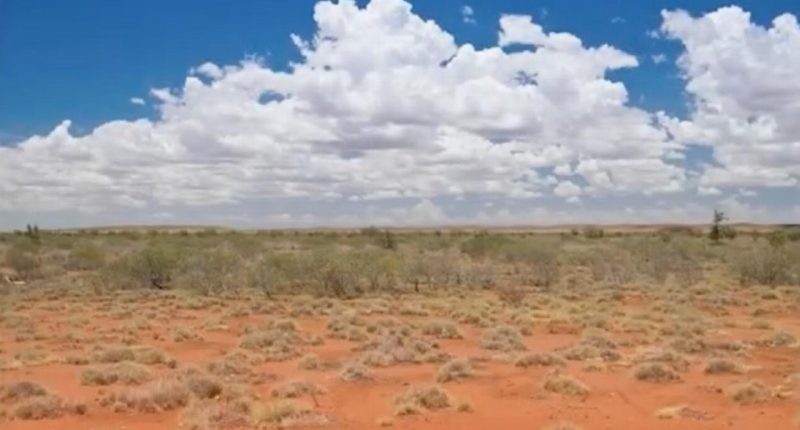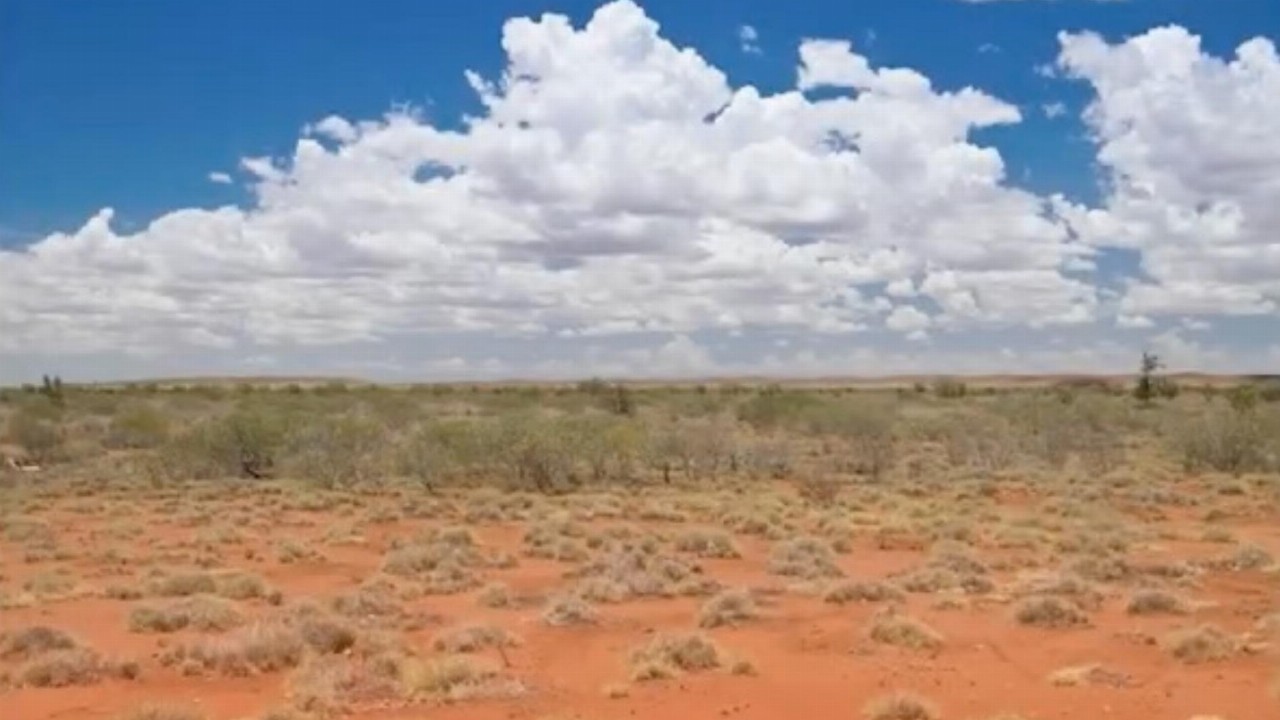- Dundas Minerals (DUN) shares tumble on the ASX after the company reports lab assay results for drill chip samples taken from WA’s Albany-Fraser Orogen region
- The company previously reported pXRF results from the sampling work, but new lab assays have come back at lower grades than the pXRF readings for all minerals except nickel
- Dundas says cobalt lab assay grades were “much lower” than pXRF readings, which is potentially the result of inter-element interference associated with iron
- Still, the company assures shareholders it remains “encouraged” by the results, which it says confirm anomalous geochemistry in the area
- Shares in Dundas are down 33.53 per cent and trading at 57 cents at 2:04 pm AEST
Dundas Minerals (DUN) shares have nosedived after the company reported lab assay results for drill chip samples taken from WA’s Albany-Fraser Orogen region.
Previously, the company had announced portable x-ray fluorescence spectroscopy (pXRF) readings for copper, cobalt, nickel and silver taken from drill chip samples recovered from 37 one-metre-deep holes using a rotary air blast (RAB) technique.
The company then submitted the samples for assay at Genalysis in Perth, and Dundas today said assay grades from the lab were lower than the pXRF readings for each of the minerals except nickel.
However, while lab assays for nickel were higher than the pXRF readings, cobalt grades were “much lower”, according to Dundas. The company said this was potentially the result of inter-element interference associated with iron.
Lab assay results were also lower for copper and silver compared to the pXRF readings.
Still, while the lab readings were lower, the company assured its shareholders that it remained “encouraged” by the results, which it said confirmed anomalous geochemistry in the area.
Dundas said it would continue to use pXRF for its field work but it had decided against reporting numerical pXRF reading results in its future public announcements until it had a higher degree of confidence that for any pXRF reading announced, there was likely to be a strong correlation between the reading value and future laboratory assay results.
Further, the company said the pXRF manufacturer had recommended the machine be calibrated against the actual assay pulps and results, which should align future readings closer to lab assays.
In any case, the highest gold value returned from laboratory assay was five parts per billion (ppb). This was not analysed by pXRF.
Shares in Dundas were down 33.53 per cent and trading at 57 cents at 2:04 pm AEST.








